Scanning electron microscopy
Microscopic methods are often used for damage analysis. One of the most important methods is scanning electron microscopy.
In contrast to light microscopy, scanning electron microscopy allows higher magnifications and a significantly better depth of field. This is particularly advantageous for fractured surfaces, where details of the entire surface can be sharply imaged. With the aid of a scanning electron microscope (SEM), magnification of up to 400,000 times is possible, i.e. 400 times higher than with light microscopy. The resolution is 1-2 nm (in light microscopy in about 200 nm).
In scanning electron microscopy, electrons emerge from the cathode, are accelerated and bundled to form a so-called primary electron beam. This is directed onto the sample. The electrons of the primary electron beam penetrate a few µm deep into the sample and knock electrons out of the sample (secondary electrons). The number of emitted secondary electrons depends on the surface properties. A corresponding detector, converts this information into an image signal. Thus, the image of the surface is generated via the brightness contrast. With the help of lenses, the electron beam is directed (rastered) over the sample surface.
With an additional analysis, the EDX analysis, elements of the sample surface can be analyzed. In EDX (energy dispersive X-ray spectroscopy) analysis, atoms in the sample are excited by an electron beam of uniform energy. These then emit X-rays of an energy specific to the element in question, known as characteristic X-rays. This radiation provides information about the elemental composition of the sample.

